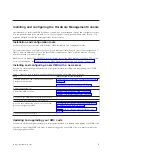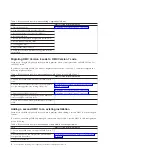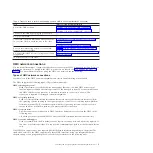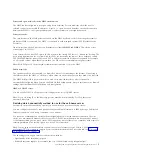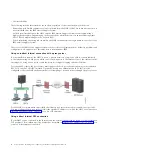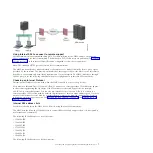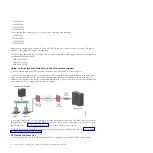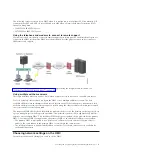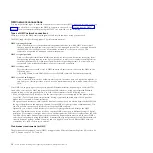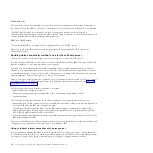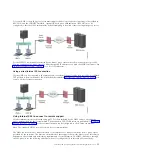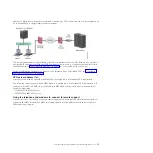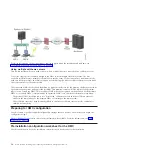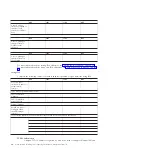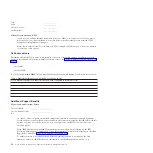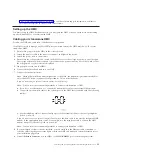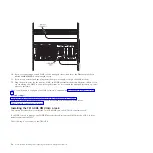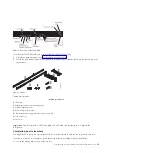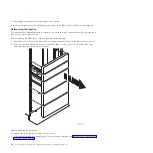
Public networks
The open network can be connected to a firewall or router for connecting to the Internet. Connecting to
the Internet allows the HMC to "call home" when there are any hardware errors that need to be reported.
The HMC itself provides its own firewall on each of its network interfaces. A basic firewall is
automatically configured when you run the HMC Guided Setup wizard, but you customize your firewall
settings after the initial HMC installation and configuration.
HMC as a DHCP server:
You can use the HMC as a Dynamic Host Configuration Protocol (DHCP) server.
Note:
If you are using IPv6, the discovery process must be done manually. For IPv6, there is no
automatic discovery.
Deciding which connectivity method to use for the call-home server
Learn more about the connectivity options you have when you use the call-home server.
You can configure the HMC to send hardware service related information to IBM by using a LAN-based
Internet connection, or a dial-up connection over a modem.
You have two communication choices when configuring the LAN based Internet connection. The first
choice is to use standard Secure Sockets Layer (SSL). The SSL communication can be enabled to connect
to the Internet through your proxy server. SSL connectivity is more likely to be compliant with corporate
security guidelines. Your second option is to use a VPN connection.
Note:
If your open network interface connection uses only Internet Protocol Version 6 (IPv6), you cannot
use Internet VPN to connect to support. For more information about the Protocols used, see “Choosing
an Internet Protocol” on page 7.
The advantages to using an Internet connection can include:
v
Significantly faster transmission speed
v
Reduced customer expense (for example, the cost of a dedicated analog telephone line)
v
Greater reliability
The following security characteristics are in effect, regardless of the connectivity method chosen:
v
Remote Support Facility requests are always initiated from the HMC to IBM. An inbound connection is
never initiated from the IBM Service Support System.
v
All data transferred between the HMC and the IBM Service Support System are encrypted using a
high-grade encryption. Depending upon the connectivity method chosen, it is encrypted using either
SSL or IPSec Encapsulating Security Payload (ESP).
v
When initializing the encrypted connection the HMC authenticates the target destination as that of the
IBM Service Support System.
Data sent to the IBM Service Support System consists solely of information about hardware problems and
configuration. No application or customer data is transmitted to IBM.
Using an indirect Internet connection with a proxy server
If your installation requires the HMC to be on a private network, you may be able to connect indirectly
to the Internet using an SSL proxy, which can forward requests to the Internet. One of the other potential
advantages of using an SSL proxy is that the proxy may support logging and audit facilities.
12
Power Systems: Installing and configuring the Hardware Management Console
Summary of Contents for Hardware Management Console
Page 1: ...Power Systems Installing and configuring the Hardware Management Console...
Page 2: ......
Page 3: ...Power Systems Installing and configuring the Hardware Management Console...
Page 8: ...vi Power Systems Installing and configuring the Hardware Management Console...
Page 107: ......
Page 108: ...Printed in USA...




